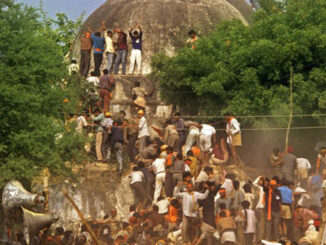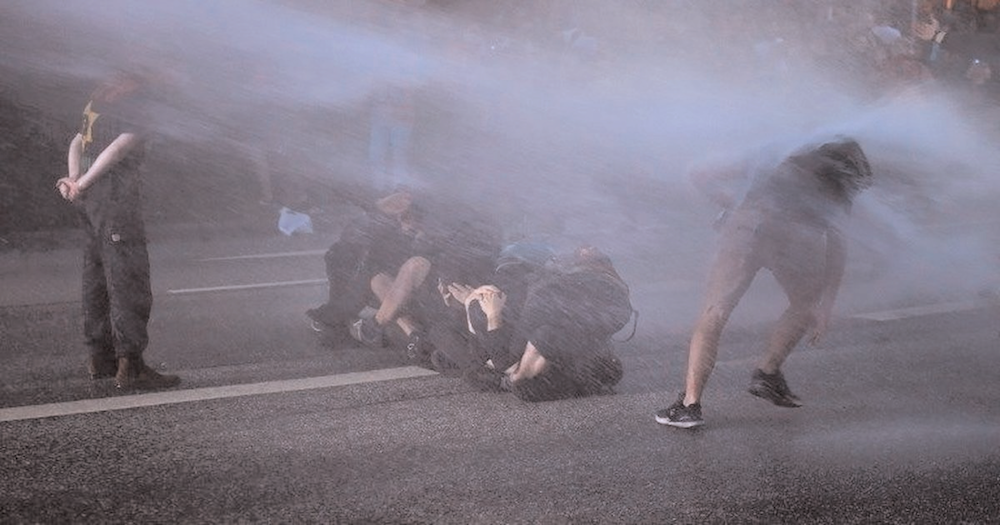The idea of inflicting collective punishment on the Muslim community soon after any riot or communal disturbance seems to be an ingrained part of governance in Bharatiya Janata Party-ruled States. The use of excavators to demolish houses, shops and other establishments has now spread to Haryana, after it was practiced with impunity in Madhya Pradesh, Uttar Pradesh and Delhi last year. The Punjab and Haryana High Court has done well to stop authorities from continuing with their demolition drive in Gurugram and Nuh, that witnessed communal clashes, leaving six dead. Taking suo motu cognizance of reports about the demolition activity, the Bench has minced no words in raising the question whether the action is a sort of “ethnic cleansing”, as buildings belonging to a particular community were being brought down “under the guise of a law and order problem”. It has been observed that there appears to be no order to demolish the buildings or prior notice to its occupants and that the law and order situation was just a ruse. Few would disagree with the court’s characterization of the action in Haryana. The same dubious and ambivalent messaging about the demolitions that one saw in other States is being witnessed in Haryana too. For legal purposes, officials will say the buildings are encroachments and are being removed as per law. For political purposes, it is made very clear that rioters are getting the treatment they deserve.
It requires no special knowledge of the law to say the demolitions are inherently illegal in the absence of any process. It is not clear what evidence is being used to identify buildings belonging to alleged rioters or to ascertain whether those not involved are also using the premises. Reports suggest that personal belongings and inventory are not allowed to be removed before a building is razed. There is one example of a house that provided refuge to a family during the violence being demolished. Using communal violence as a pretext to impose extra-legal punitive measures will invariably lead to bias, as officials implementing such orders will have no choice except to portray the occupants of the buildings to be razed as encroachers to retain the fig-leaf of legal justification and as anti-social elements for moral justification. In any case, to escape the charge of ignoring encroachments all this while and waiting for a riot to take action, they will have to provide evidence of serving notices on the occupants and, if needed, backdate such notices. The judicial intervention should put an end to the pattern of using the state machinery to inflict misery on a section of the population.
(The Hindu)





Be the first to comment